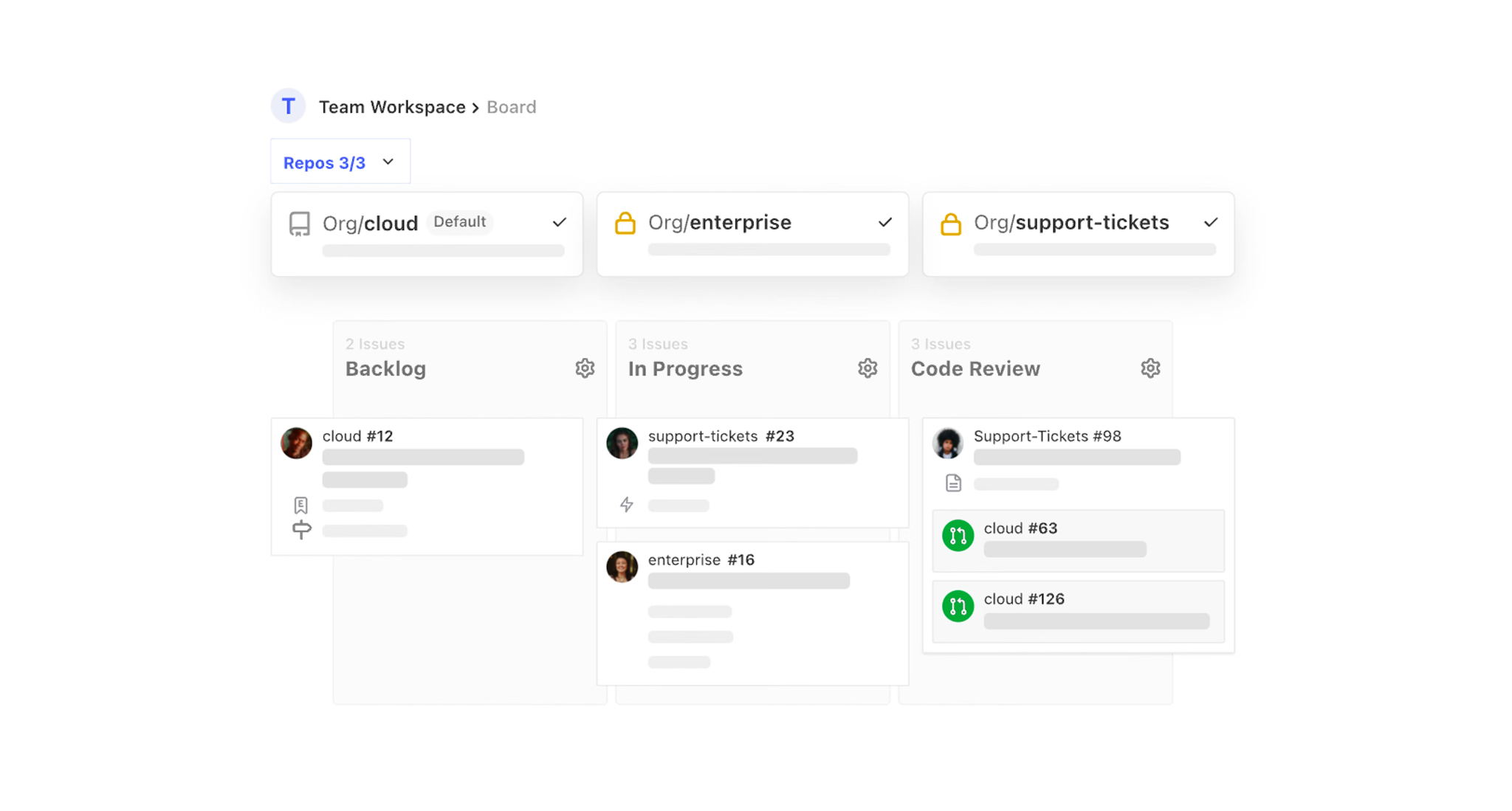Making a difference means more than just making a change.
At the most basic level, the goal of every business is to achieve success. Whether that success comes in the form of selling a new product, providing a new service, or any of another million options depends on the business, but one thing remains a constant: change. Remaining too rigid is one of the top six reasons why businesses fail.
Although implementing new business initiatives can help small and midsize businesses (SMBs) adapt to changing economies, only a fraction of these organizations manage to implement their new initiatives without struggle. But with the right plan (and the right software), you can empower your business to do more than just make a change. You can make a difference.
Step 1: Diagnose your business’s requirements
The first step in successfully implementing a new initiative is to create one. To do so, you’ll need to wrap your head around what it is that you actually want to achieve. Answering the following questions can help you discover the true meaning behind your desire for change:
What isn’t working?
Why isn’t it working?
Is this a people problem or a software problem?
What else needs improvement?
What tools do you have at your disposal?
But remember, a chain is only as strong as its weakest link. That statement rings true when it comes to uncommitted employees in the workplace. Studies have shown that only 6% of new business initiatives succeed when people who aren’t committed to the job remain at its helm.
Ensuring that your employees remain committed to the task at hand through the use of performance management software tends to bump those odds up to around 29%—nearly five times greater.
Step 2: Determine how best to meet those requirements
Once you know what you’d like to get done, you’ll need to figure out how to get it done. Let’s check out an example:
If you’re looking to transform the tech that drives the way your business does business, you’re going to need to develop a plan for researching and (if possible) “test-driving” that tech before committing. Key performance indicators (KPIs) like ease of use, employee satisfaction, and error rates could provide vital insights for you to use in monitoring and reshaping the initiative along the way.
Here are a few key questions to answer during this stage of the implementation process:
Which key performance indicators (KPIs) will you target?
What benchmarks will you use to monitor success throughout the implementation process?
Who is right for your team?
Putting the right people on the right job at the right time can be a challenge for even the most experienced business owner. But with the right productivity software, the difficulties of that challenge can be significantly reduced.

An example of a workspace dashboard in ZenHub (Source)
Features like file sharing, team chat, and team management, you can develop data-backed projections of who would be most likely to succeed at what. For example, the employee who rarely checks his email but excels at preparing presentations might not be the best fit for a team focused on providing time-sensitive, emergency PR solutions.
Step 3: Design the initiative’s scope and plan for implementation
Step three of the process of building a successful new initiative is to design the initiative’s scope and formulate a step-by-step plan for its implementation. In order to successfully implement a change that makes a difference for your organization, you should know exactly how far-reaching these changes should be.
Attempting to dive into a transformative business initiative without a plan rarely (if ever) results in success.
For example, implementing a local change aimed at providing a business-wide solution may result in your business facing additional challenges due to the lack of proper scope.
Step 4: Put down the pen and get to work
This step involves taking the strategic plan that you outlined in step three and putting it into action. Ensure that your team has all of the software, equipment, and access that it needs to complete its work before assigning it to them. Then, once the setup is complete, the actual work begins. Be sure not to lose sight of the goals, KPIs, and benchmarks you decided on in the earlier steps of this process.
Step 5: Schedule performance reviews to evaluate the initiative’s impact
It is important to remember that no initiative is ever “complete.” Although the work may be done, the circumstances in which your business operates are ever-changing—and you should change with them.
Scheduling routine performance reviews to evaluate whether an initiative is as successful as it might at first appear to highlight the difference between the illusion of success and the achievement of success and help guide any adjustments that may become necessary at a later date.
This could take the form of formalized quarterly one-on-ones between staff and management or more informal, gamified solutions. The form the reviews take is not as important as how often they’re conducted. Go too long between reviews and you risk missing the opportunity to correct underperforming employees. Have reviews too often and you risk making your employees feel micromanaged or like you don’t trust them.
A general rule of thumb is one review every quarter, but this should be altered to fit your initiative’s timeline.
Take the initiative and get started with project management software
Capterra has a treasure trove of useful resources and software available to help you ensure that your new initiative is as successful as it could possibly be. Once you’re set to launch your new initiative, check out project management software to help you gain insight into key parts of your business.
Need to stay updated on the latest small business trends? Check out Capterra’s small business content hub for updated insights.
The application referenced in this article is cited as an example to show a feature or function in context and is not intended as an endorsement or recommendation.
